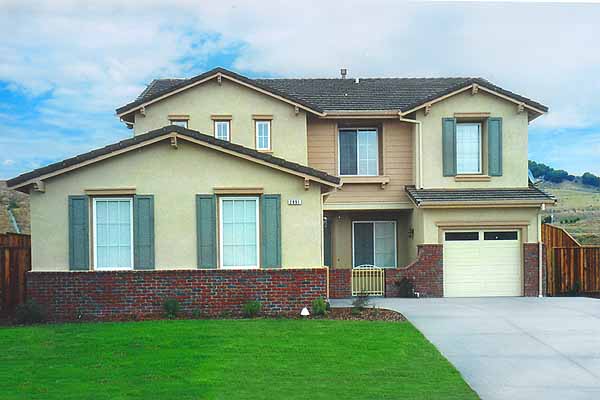SUPPORT DEED
Nurturing Relationships and Real Estate: Unveiling the Support Deed
Introduction:
Defining the Support Deed:
A Support Deed is a legal instrument wherein a property owner, known as the grantor, transfers ownership of real estate to another person, the grantee, in consideration for an agreement. This agreement, often expressed or implied, revolves around the grantee's commitment to take care of the grantor for the duration of their life. The support provided may encompass various aspects, including physical care, companionship, and ensuring the well-being of the grantor.
Key Elements of a Support Deed:
Property Transfer:
The grantor conveys ownership of real estate to the grantee through the execution of the Support Deed. This transfer is a critical element of the agreement.
Lifetime Support Agreement:
The grantee commits to providing support and care to the grantor for the entirety of their life. The nature and extent of this support can vary based on the terms outlined in the agreement.
Mutual Understanding:
The Support Deed often reflects a mutual understanding and trust between the parties involved. While the legal document establishes the framework, the strength of the relationship plays a pivotal role in the success of the arrangement.
Implications and Considerations:
Legal Validity:
To ensure the legal validity of a Support Deed, it must adhere to the relevant laws and regulations governing property transfers and agreements. Consultation with legal professionals is advisable.
Familial Dynamics:
The Support Deed transcends typical real estate transactions, delving into the realm of familial relationships. Clear communication, trust, and a shared commitment to the well-being of the grantor are essential for success.
Financial Implications:
Both parties should consider the financial implications of the arrangement, including potential costs associated with the care and support of the grantor.
End-of-Life Planning:
As the Support Deed is often linked to the grantor's lifetime, thoughtful consideration of end-of-life planning and potential changes in circumstances is crucial.
Navigating the Support Deed Landscape:
Legal Guidance:
Seek legal advice to ensure the Support Deed aligns with applicable laws and regulations, safeguarding the interests of all parties involved.
Navigating the Support Deed Landscape:
Legal Guidance:
Seek legal advice to ensure the Support Deed aligns with applicable laws and regulations, safeguarding the interests of all parties involved.
Open Communication:
Establish clear and open communication between the grantor and grantee to foster a strong understanding of expectations, responsibilities, and potential changes in circumstances.
Documentation:
Thoroughly document the terms of the Support Deed to avoid misunderstandings and provide a clear roadmap for the future.
Conclusion:
The Support Deed introduces a distinctive intersection of real estate and familial care, emphasizing the importance of relationships and support in property arrangements. As individuals explore alternative ways to navigate property transactions, the Support Deed offers a nuanced approach, reflecting the depth of commitment and mutual understanding between parties. Whether you are a grantor seeking care or a grantee providing support, the Support Deed represents a testament to the intertwining realms of real estate and familial bonds.
MORE REAL ESTATE TERMS
A, B, C, D, E, F, G, H, I, J, K, L, M, N, O, P, Q, R, S, T, U, V, W, X, Y, Z
Featured New Home

Featured Mortgage Brokers
- OPEN MORTGAGE LLC, CORONA, CA
1840 ROCKCREST DR
CORONA, CA 92880 - Altamont Mortgage Funding Inc, mortgage broker in Portland, OR
4380 SW Macadam Ave Ste 125
Portland, OR 97239 - FINANCIAL FREEDOM ACQUISITION LLC, IRVINE, CA
1 BANTING
IRVINE, CA 92618 - NORTHWEST MORTGAGE GROUP INC, PORTLAND, OR
10260 SW GREENBURG RD STE 900
PORTLAND, OR 97223 - GENERATION MORTGAGE COMPANY, HILO, HI
1257 KILAUEA AVE STE 30
HILO, HI 96720